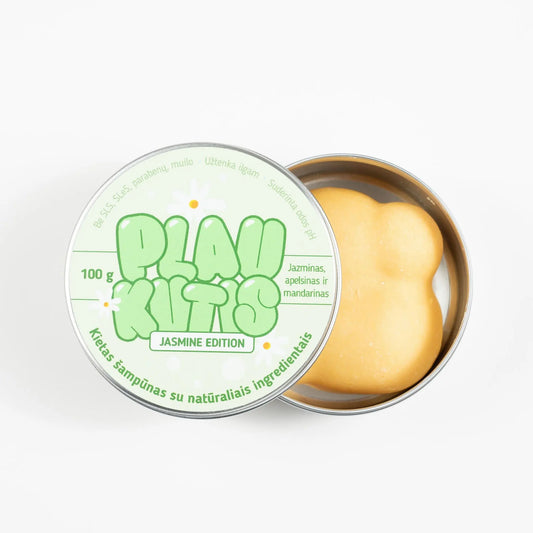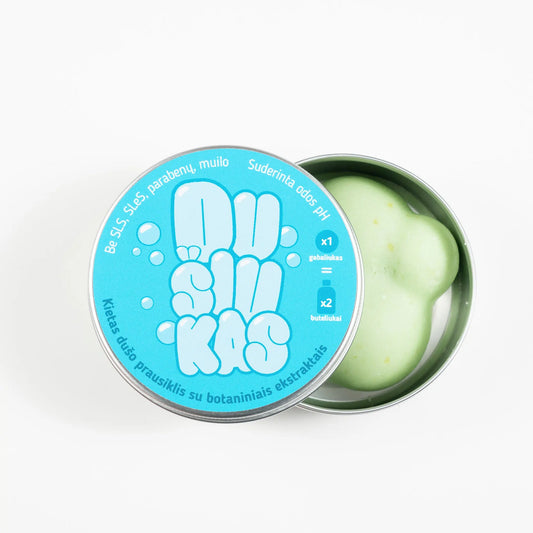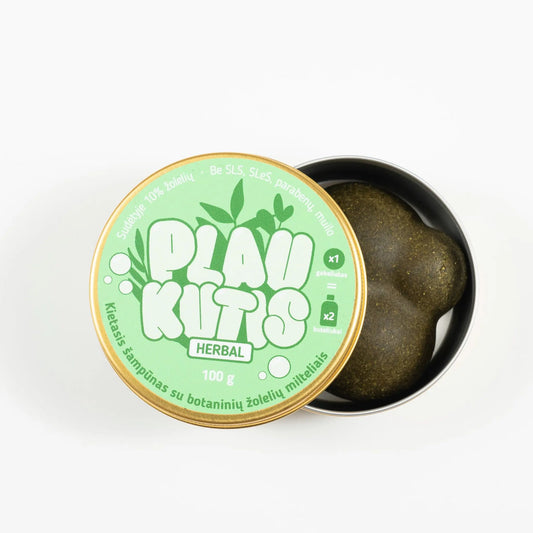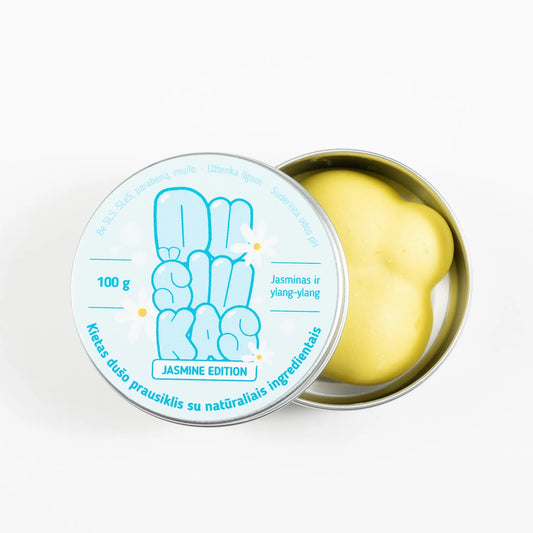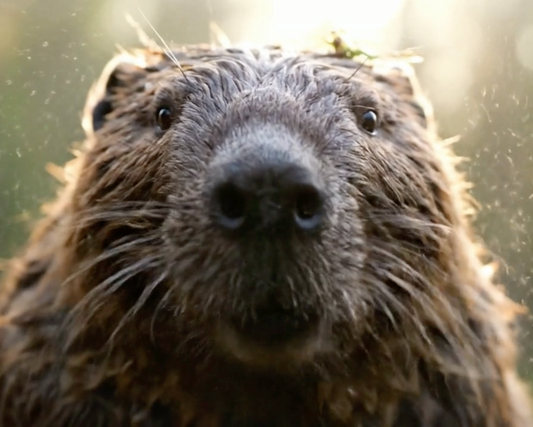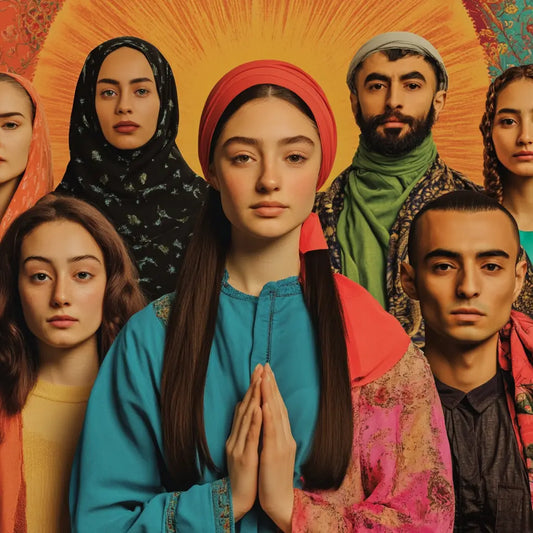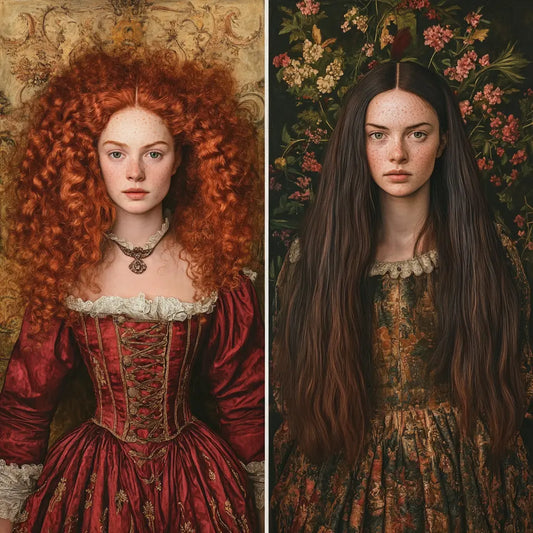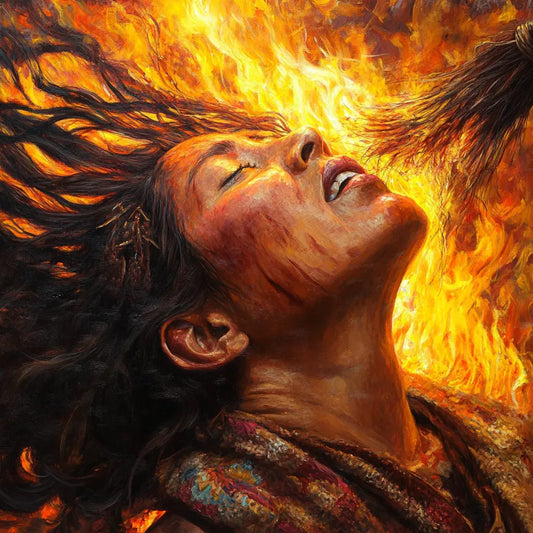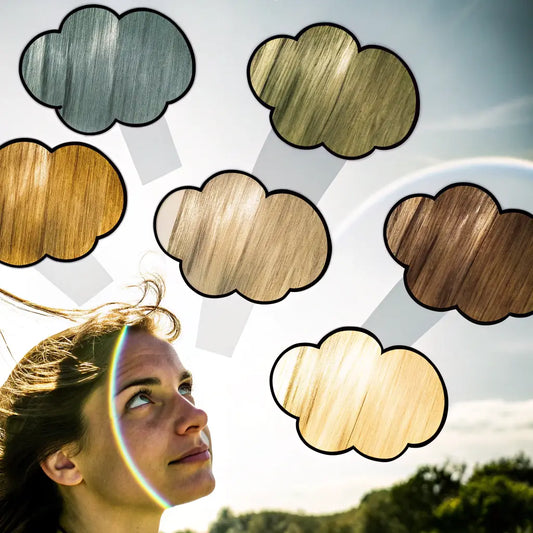Hair has long played an important role in human evolution. While today hair may seem like a simple cosmetic feature, its texture, color, and density have changed over thousands of years through environmental factors, genetic mutations, and adaptation. From early humans' hair protecting them from the harsh sun in tropical climates to their ability to regulate body temperature in cold regions, hair has served important protective functions.
Understanding how hair types have evolved also helps us better understand modern hair care. Each hair texture and color type has an evolutionary heritage that determines how hair behaves in different environments. In this article, we will explore the history of hair evolution and how it relates to current beauty and care routines.
How hair types evolved
Survival and natural selection
One of the main factors in the evolution of hair was natural selection. Early human populations adapted to their environment in order to survive, and hair played an important role. In tropical climates, thick, curly hair provided protection from the intense sun. The tightly coiled structure of the hair allowed it to retain moisture, protecting the scalp from overheating and ultraviolet (UV) rays.

Meanwhile, populations in cold regions evolved with straight hair. Straight hair allowed oils to spread more easily along the hair shaft, providing insulation and helping to retain body heat during cold winters. This adaptation was important for survival for people living in regions with long, harsh winters.
- Fun fact : A study published in the Journal of Human Evolution showed that curly hair helps reduce heat loss by 70% in hot climates compared to straight hair.
The evolutionary purpose of hair color
Hair color was also shaped by geographic and genetic factors. In northern climates, where sunlight was scarce, blond hair emerged as an evolutionary advantage. Lighter pigmentation allowed for better absorption of sunlight, which helped synthesize vitamin D, which is important for bone health and immunity.

Meanwhile, darker hair was more common in equatorial regions due to higher levels of melanin. Melanin not only gives hair its darker color, but also acts as a natural sunscreen, protecting the scalp from UV damage. Variation in hair color was essential for adapting to different levels of sunlight in different parts of the world.
- Fun fact : Blonde hair is thought to have originated around 11,000 years ago in Northern Europe as a result of a genetic mutation, likely as an adaptation to the low levels of UV radiation in the region.
Genetic mutations and hair diversity
Genetic mutations have played a major role in creating the variety of hair textures we see today. Curly, wavy, straight, and coily hair are the result of mutations that arose as early humans migrated and settled in different parts of the world. These mutations were passed down through generations, shaping not only the texture of the hair, but also the structure of the hair follicles.

For example, straight hair is associated with round hair follicles, while curly hair is caused by oval or asymmetrical follicles. These differences can also affect how hair grows and responds to environmental factors, such as humidity.
- Fun fact : A study published in the American Journal of Physical Anthropology found that 45% of the world's population has straight hair, 40% has wavy hair, and 15% has curly or coily hair, reflecting the vast diversity of hair types that have evolved over time.
What evolution means for modern hair types
The impact of the mixing of nations
Human migration across the world, the mixing of peoples, and intermarriage between different ethnic groups have further increased the diversity of hair textures and types. This genetic mixing has created hybrid hair textures, where people can have straight hair at the roots and curly ends, or wavy hair with tighter curls in certain areas.
Understanding this genetic variation is a key reason why it is important to recognize the diversity of hair textures and find appropriate care products. Each texture has unique needs that have been shaped by thousands of years of evolution.
- Fun fact : Today, about 70% of people of mixed ethnicity have multi-textured hair, which is a mix of two or more hair types.

Adapting to modern environments
Modern living environments present new challenges to hair that our ancestors never faced. Urbanization, pollution, air conditioning, and artificial heating systems all affect the behavior of hair. For example, air-conditioned rooms can strip moisture from hair, making it dry, especially for curly or coily hair, which naturally has a harder time retaining moisture.
On the other hand, urban pollution can cause buildup on the hair and scalp, making hair greasy or dull. These environmental factors create new demands for hair care that takes into account both inherited hair traits and modern challenges.
- Interesting fact : Studies have shown that air pollution can increase the risk of scalp sensitivity, with 40% of urban residents suffering from scalp sensitivity and buildup due to environmental factors.

Evolution and hair care
Understanding hair evolution can provide valuable guidance for personal care. For example, people with curly hair that evolved in tropical climates to retain moisture may need deep conditioning products to keep their hair moisturized in drier or temperate climates. Meanwhile, people with straight or fine hair that evolved to better distribute oils in colder climates may need lighter products to keep their hair from getting frizzy.
By adapting to specific hair types, taking into account both genetic and environmental factors, hair health and appearance can be better managed.
Myth busting and interesting facts
-
Myth : Hair grows faster in the summer.
Fact : While blood flow may increase in warmer weather, research shows that hair growth remains relatively constant year-round, at about 1.25 cm per month . - Interesting fact : Red hair is the rarest natural hair color, occurring in less than 2% of the world's population , most often in people of Celtic or Scandinavian descent.
-
Myth : Cutting your hair makes it grow faster.
Fact : Hair growth is determined by genetics and health, not by cutting. Cutting helps prevent damage, but does not speed up growth. - Fun fact : The longest hair ever recorded in the world belonged to Xie Qiuping , whose hair was 5.62 meters long in 2004.
-
Myth : Gray hair only occurs due to aging.
Fact : While aging is the main cause of graying, stress, genetics, and certain medical conditions can also cause premature graying.
Practical tips for managing different hair types
- Curly and coily hair : Use deep conditioning and oil-based products to lock in moisture. Avoid shampoos with sulfates, as they can strip natural oils.
- Wavy hair : Choose lightweight products like mousse or gel to define your waves without weighing them down. The best way to maintain your natural waves is to let them dry naturally.
- Straight hair : Use volumizing products to prevent flatness and dry shampoo between washes to help manage oil buildup. Regular trims help maintain the healthy appearance of straight hair.
- Mixed-textured hair : Tailor your routine to different parts of your hair, using products that address specific needs. For example, apply heavier moisturizers to drier areas and lighter products to straight roots.
